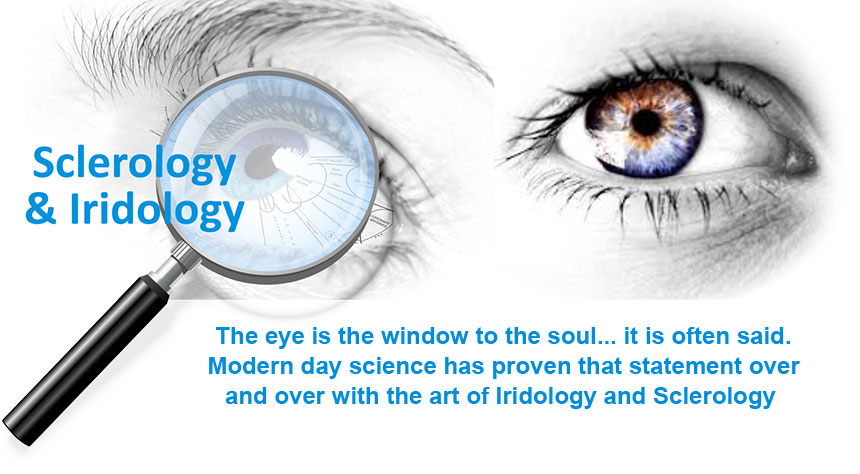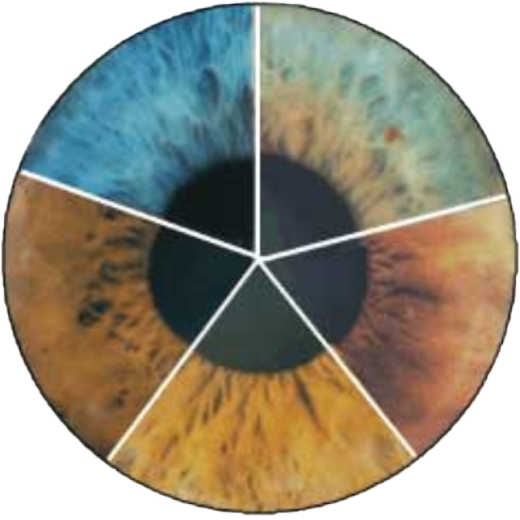


Iridology
Iridology is the analysis of the colour and structure of the eye and sclerology is the interpretation of the red lines in the white of the eye.
Iridology is a diagnostic tool which is used to identify the source of disease within a patient; the process involves careful charting and interpretation of the various structures, colours and features seen within the iris (the coloured part of the eye).
The science of iridology is based on hundreds of years of careful observation and documentation of iris signs which have been verified using modern technology and scientific research. Iridology is practised extensively across Europe and Australia by Homeopaths, Naturopaths and other complementary practitioners.
A detailed iris assessment by an experienced iridologist allows for the recognition of structural and functional organ weaknesses, these signs are often visible long before the onset of actual disease allowing for early intervention and disease prevention. An iridology assessment may also provide the practitioner with insight into the true underlying cause of a disease process and in doing so a suitable cure and treatment plan can be determined.
An iris assessment is safe, non-invasive and does not cause any discomfort to the patient and the outcome of the assessment is immediately available to the practitioner for interpretation and application.
Sclerology
Sclerology is the art of analysing the red lines in the white of the eye, and often points to areas in the iris that are the most important areas to consider for that patient. It works hand-in-hand with iridology.
Sclerology gives an astonishing amount of information with regard to current client pathology. It also verifies and enhances data from iridology and other evaluation techniques such as reflexology, kinesiology, acupuncture, and meridians. In my opinion, one should always have a second or even a third modality to confirm a diagnosis.
Sclerology shows stress, congestion, imbalance, or energy blockage (disease) in an organ or system in the body. If the body chemistry is imbalanced or deficient in basic nutrition such as amino acids, enzymes or toxic parasites, heavy metals, chemicals, radiation, metabolic waste products, the sclera will register the information via the affected body systems. If the emotions are a cause of stress (grief, resentment, anger, guilt) the sclera will show the effect of the negative state of being in the tissues affected by the altered metabolism. We call it “negative reactive emotion.” Sclerology can also warn the patient of potential pathology BEFORE it manifests as symptoms. (6-24 months)
It shows its signs in natural daylight without the need for tools and expensive equipment. It demonstrates both inherited and developed health dispositions. It reveals pathology that is past, present, and potential.
